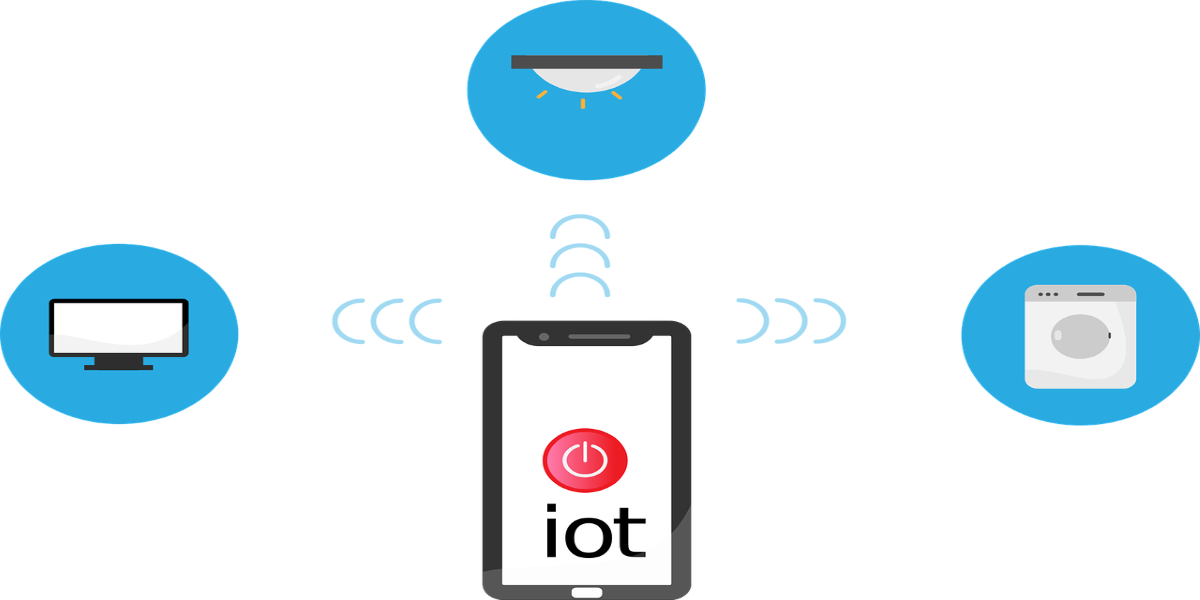Now that technology has already evolved the way we have been doing things, it is time for the businesses to rotate to the new—the one that is better, faster, and cheaper.
The new here is the “technologies” that were once emerging but now have taken full-grown shape to deliver effective solutions to the users, while creating new profit streams for the businesses.
Among all those once “emerging technologies”, IoT has already made significant impact across the industries. Over the next couple of years, billions of gadgets will be connected to the Internet, prompting the companies to collect and analyze the data to generate insight on consumer preferences.
According to Gartner, 25 billion connected things will be in use by 2021 that would create an enormous amount of data. Today, data is one of the most valuable currencies that organizations will be needing to make profitable decisions.
However, rotating to IoT would not be easy for an organization, and so they have to step forward in prioritizing IoT to get the most out of their business. As adopting IoT too quickly would make them neglect their core business and adopting too slowly would make their processes obsolete in an irreversible condition.
Here are 5 factors that organizations need to consider while making IoT a priority for their business.
Tips for Successfully Prioritizing IoT for Realizing Maximum Value
Shifting to IoT means creating new business models that can effectively use data for business benefits. The road to successful IoT is to investing in both hardware and software.
Even though a company creates an advanced IoT system, their software architecture and data model may restrict them to collect the data for insight-generation purpose. So while prioritizing IoT, here are a few factors that will need your attention:
- Focus on the Core Business: The entire IoT system should be developed from the perspective of optimizing the core business. An organization must find new ways to invest in building capacity around their core business. It calls for strategic investment in IoT while at the same time must dedicate a significant portion of the incremental growth of the core business.
- Build Innovative Architecture: As already mentioned, prioritizing IoT has a lot to do with creating effective data models. No matter how advanced systems you create, but if you are not collecting the right data for generating insight, then there is no value of the information you will be getting from the sensors. So when you are transitioning to IoT, make sure that you are investing in innovative architecture that would help you to get the most out of your business.
- Prepare for the Challenges of Smart Network: IoT deployment practices rely on network infrastructure, which if not managed well could have serious consequences. Therefore it is imperative to invest in network which has huge capacity and better QoS controls. Besides, you also need to consider the harsh operational conditions of your product and accordingly using robust LAN and WLAN equipment.
- Create a Multi-Layer Security Approach: Security breaches is one of the top challenges of IoT adoption. Make sure you create an IoT architecture in view security capabilities by adopting a multi-layer security strategy. It begins at the client and device level, ensuring that each client and device is perceived, verified, and approved.
Prioritizing IoT requires gradual transformation. Work on the strategy first and then choose the network in portions, such as start with WLAN and then move to LAN, LAN core, and so on, without relying on a specific vendor.

